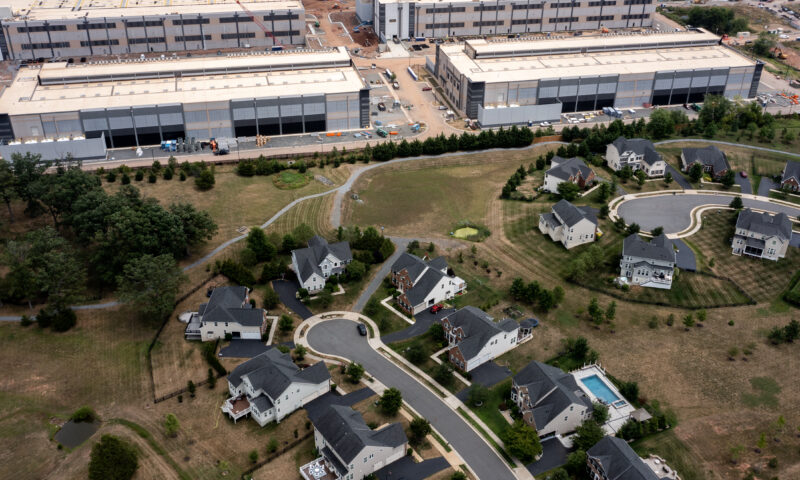

Amid health concerns, residents in a Virginia community push back on proposed gas plant.
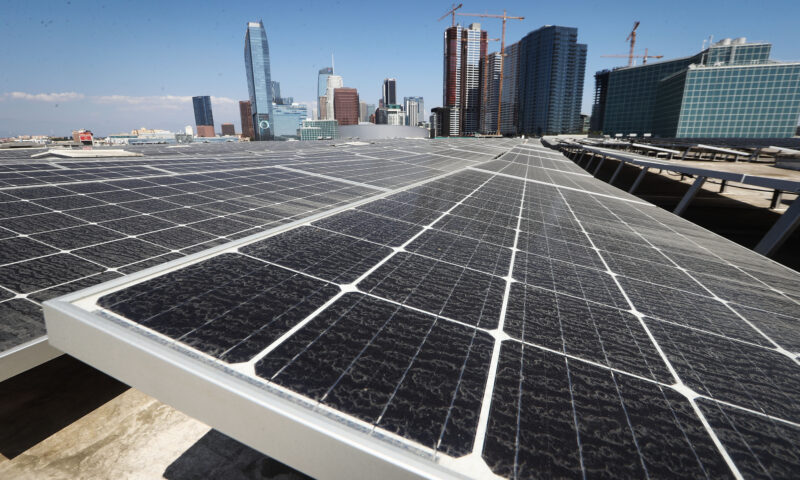

Grants promised for renewable energy, clean air and municipal water systems frozen and under review.
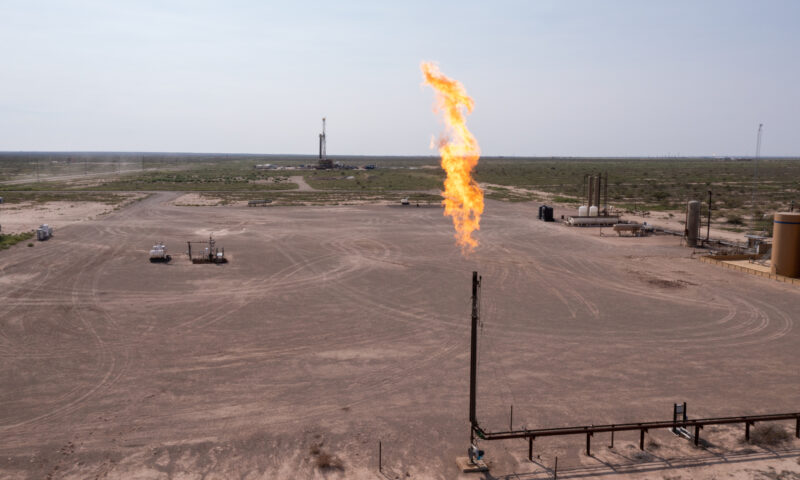
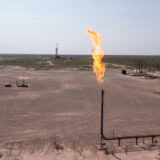
Changes at the New Mexico Environment Department could increase future prosecutions.


The state asked for federal help to find oil field emissions; the EPA found dozens — but in three years it has issued only two fines.
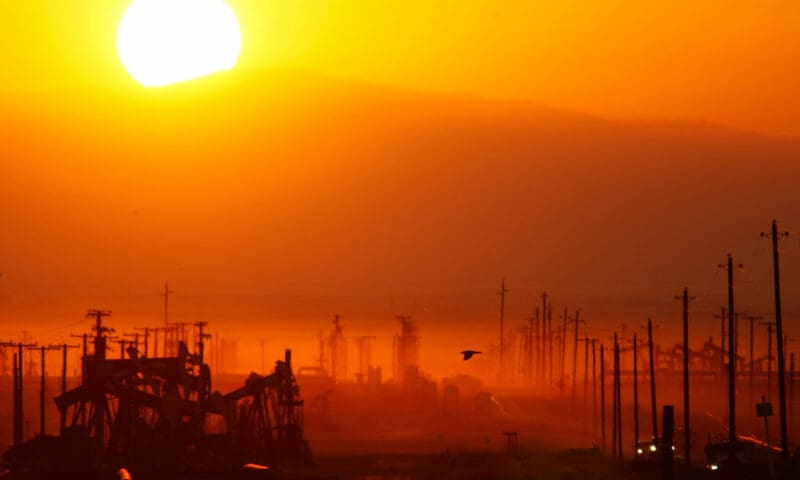

Development, oil and agriculture have long-burdened the valley with pollutants, and residents are tired of the EPA doing nothing about it.
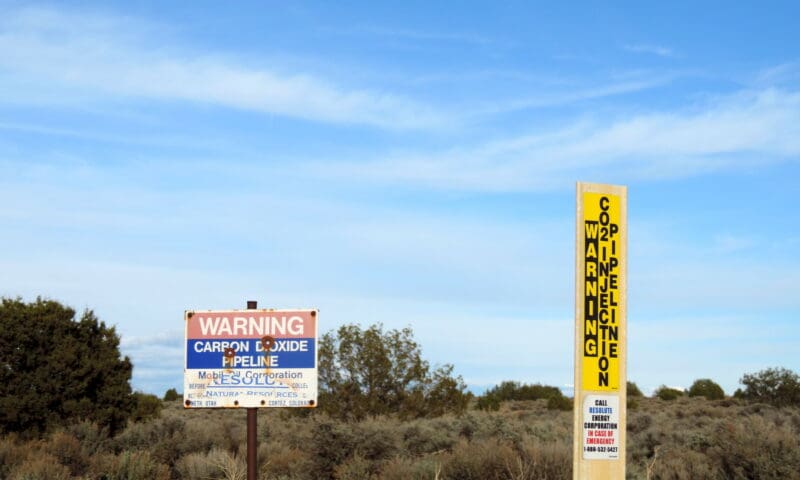
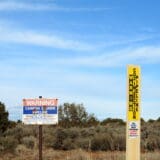
Energy companies use a greenhouse gas to force out more oil in a little-known process that can bring headaches to rural communities.


People say they care about climate. So why don’t they vote like it?


Cheering the clear skies of the COVID-19 epoch is a little like celebrating the return of wildlife to Chernobyl’s exclusion zone.


A family of toxins known as PFAS has gotten its closeup on the silver screen via Dark Waters. Will regulators take note?


One analysis predicts consumers would lose $460 billion between 2021 and 2026, primarily due to reversals in net fuel economy.
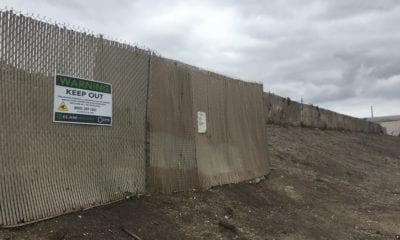

A warehouse project is planned for a Los Angeles area that is among the very worst in the state for the threats that toxic cleanups and hazardous wastes pose.


A warehouse project is planned for a Los Angeles area that is among the very worst in the state for the threats that toxic cleanups and hazardous wastes pose.


“Those of us who’ve been working on environmental justice and climate justice,” says Mustafa Ali, “understand we’re talking about housing, transportation, the environment, public health and jobs.”
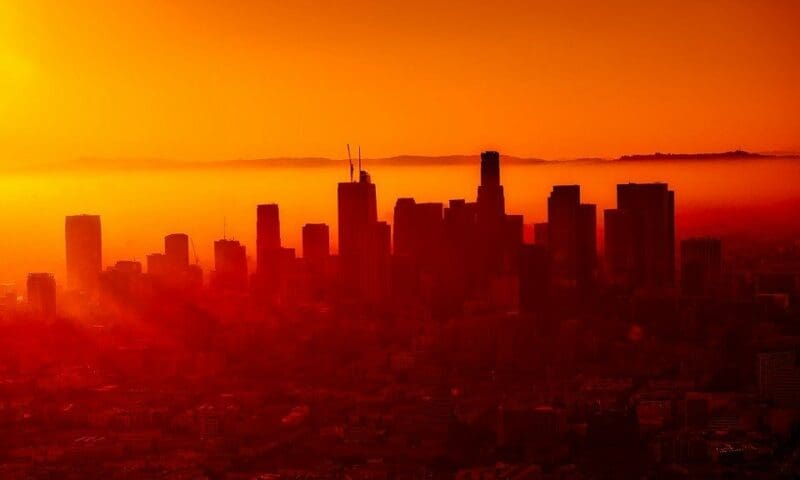

Co-published by The American Prospect
The Trump administration wants to argue that California has no special right to regulate greenhouse gas emissions from cars and trucks. But their case, experts say, is weak.


Based on EPA Administrator Scott Pruitt’s public statements, clean-air advocates fear that federal fuel-economy standards for automobiles are likely to be lowered.


As Oklahoma’s attorney general, Scott Pruitt pinned his career on fighting laws and regulations that stood in the way of agricultural, mining or energy interests. Now he’s Trump’s pick to lead the EPA.
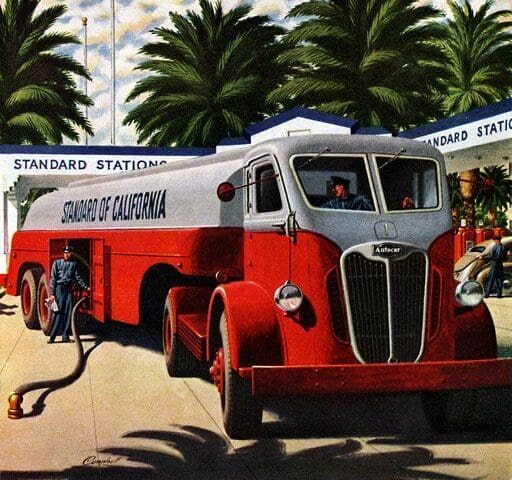

We all want safe roads and bridges—free of debris, potholes and cracks. How do we intend to pay for this? (Insert the sound of crickets here.)
Our roads and bridges don’t actually pay for themselves. Currently, the state and the federal government collect $.357 (set to increase to $.360 on July 1) and $.182, respectively, from every gallon of gas we purchase to pay for road maintenance, modernization and new facilities. However, the pot of money that goes towards building and maintaining our roads and bridges has gotten smaller and smaller over the last three decades for several reasons:
1. Cars have become more fuel efficient
The U.S. Environmental Protection Agency (EPA) has continued to set higher standards for auto manufacturers to improve the fuel efficiency of cars. Over the last decade, in part due to CAFE (Corporate Average Fuel Economy) standards, auto manufacturers have unveiled more attractive hybrid and alternative-fuel vehicles,
» Read more about: The Elephant in the Room — Raising the Gas Tax »